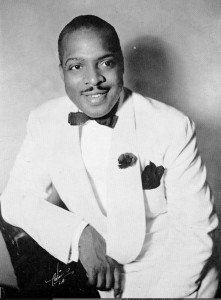
Count Basie: Part 1 – The Old Testament Years
In a word association game, it would not be unusual for the word Swing to be followed by that of Count Basie. For nearly a

In a word association game, it would not be unusual for the word Swing to be followed by that of Count Basie. For nearly a
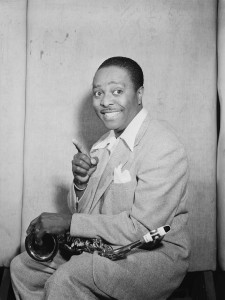
Louis Jordan is today remembered for his many popular recordings with his Tympany Five. Considered a transitional figure between swing and rhythm & blues, during
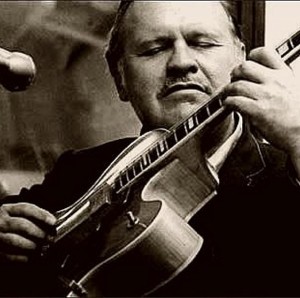
They were three of the greatest jazz guitarists of the 1930s although they have been overshadowed in the jazz history books by Eddie Lang, Django
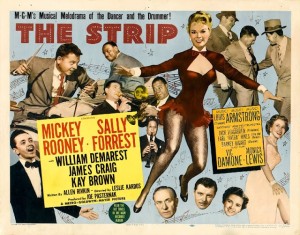
Jazz has been used in many Hollywood films through the years, whether on the soundtrack, for cameo appearances by jazz greats, or as part of
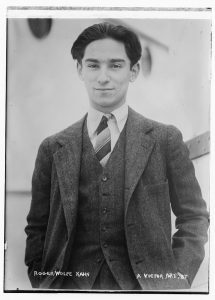
Jean Goldkette and Roger Wolfe Kahn were significant bandleaders in the late 1920s and, although they quite possibly never met, they had a few things
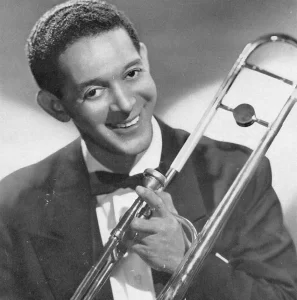
If Louis Armstrong and his manager Joe Glaser had decided to put out a personal ad for a trombonist in 1952, it might have read
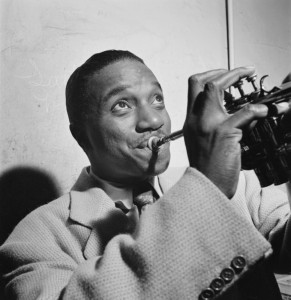
He was one of the hottest trumpeters to emerge from the late 1920s, a major attraction at jam sessions, and a superb blues singer. But
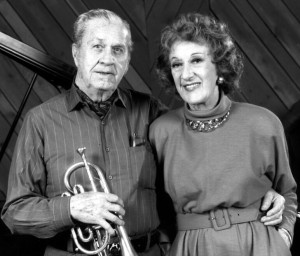
Cornetist Jimmy McPartland and pianist Marian McPartland were married for 22 years (1945-67). Their careers in jazz, if taken together, spanned a remarkable 90 years,
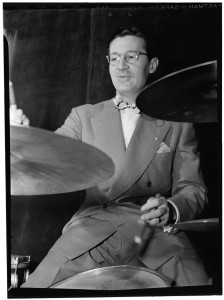
Trombonist Will Bradley, drummer-singer Ray McKinley, and pianist Freddie Slack only teamed up together for a relatively brief period of time, 18 months during 1939-41,
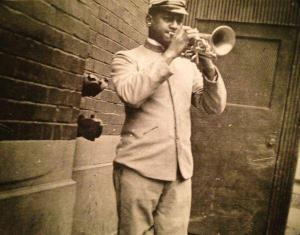
One of the great frustrations in studying early jazz is trying to understand how the music sounded near its beginnings. There is not only a
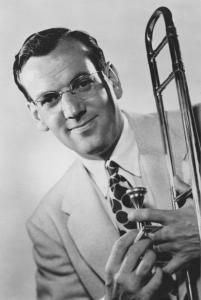
Of all of the swing era bandleaders, Glenn Miller had more hit records than anyone else in the jazz world, more than Benny Goodman, Artie
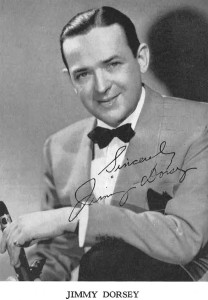
When one thinks of the top alto-saxophonists of the swing era, the names of Johnny Hodges, Benny Carter and perhaps Willie Smith (from the Jimmie
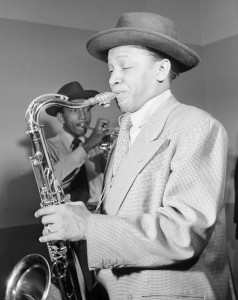
It was May 26, 1942 and 19-year old tenor-saxophonist Illinois Jacquet was set to be featured on “Flying Home” with the Lionel Hampton big band.
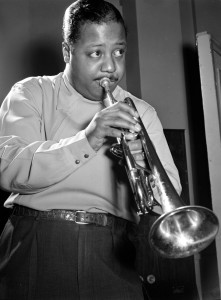
When one thinks of the great swing trumpeters of the 1930s and ’40s, the names of Louis Armstrong, Bunny Berigan, Henry “Red” Allen, Harry James,
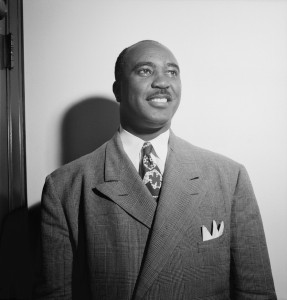
Of all of the successful big band leaders of the swing era, Jimmie Lunceford had one of the most unusual beginnings. While most leaders were
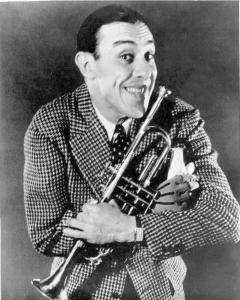
Wingy Manone had an appealing image of a happy intuitive musician, a primitive who one day woke up and started playing the trumpet for the
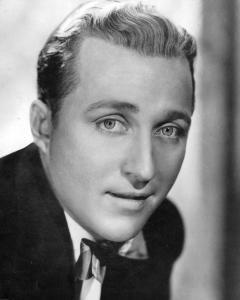
In his career, Bing Crosby showed that he could sing practically everything other than opera. Whether it was classic American pop tunes, traditional Irish songs,
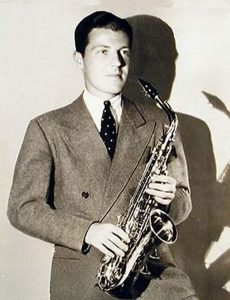
When one thinks of the top swing era bandleaders, the names of Benny Goodman, Duke Ellington, Count Basie, Tommy Dorsey, Glenn Miller, and Harry James
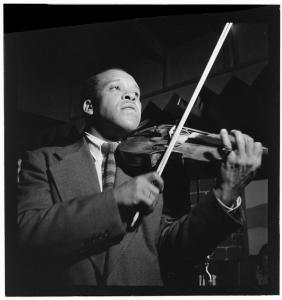
The violin was part of some of the earliest jazz bands in New Orleans but it was not taken seriously as a solo instrument in
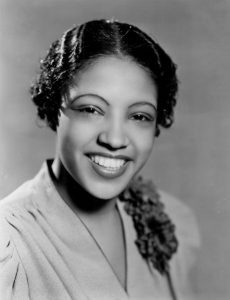
Swing singer Maxine Sullivan and stride pianist Cliff Jackson may not have been the most logical matchup, but it was a marriage that worked. Both
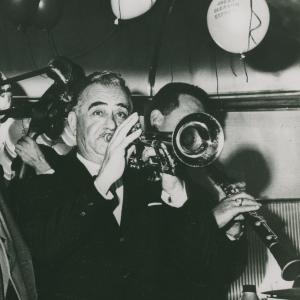
Arguably the top jazz trumpeter or cornetist on records prior to 1923, Phil Napoleon has somehow managed to miss being prominently included in most jazz
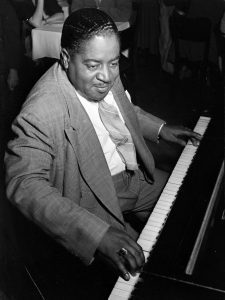
Boogie-woogie, which has been said to have originated in Texas in the 1870s, started out as a piano music characterized by an “eight-to-the-bar” left-hand pattern
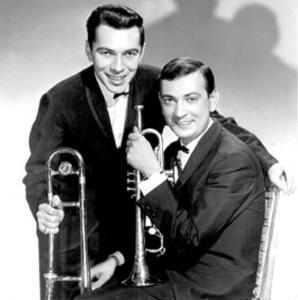
They were one of the most popular Dixieland bands of the 1950s and ’60s, performing and recording their enthusiastic brand of trad jazz for a
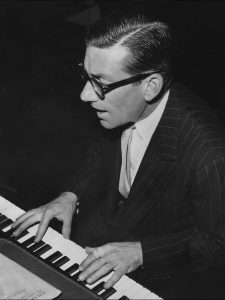
When one thinks of Hoagy Carmichael, it is often of the character that he portrayed in movies: a wisecracking pianist who offered homespun advice to